1. Streaming Everything Instead of Cable TV
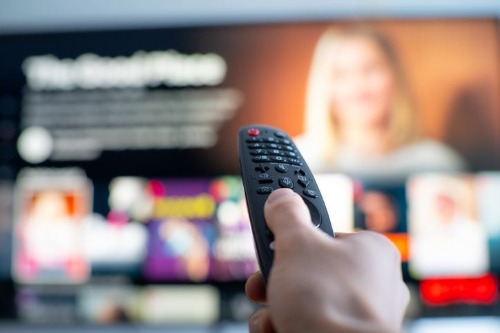
A generation ago, watching TV meant flipping through cable channels or waiting for your favorite show to air once a week. Today, streaming platforms like Netflix, Hulu, and Disney+ have taken over completely. People now binge-watch entire seasons in a weekend and rarely watch live TV unless it’s sports or the news. The idea of “appointment television” is practically extinct.
This shift has changed not just what we watch, but how we live at home. TV time is now more on-demand and solo, rather than a family event. Many homes don’t even have traditional cable subscriptions anymore. Instead, they have multiple streaming accounts and smart TVs that replace the old cable box entirely.
2. Working from Home as the New Normal

A generation ago, working from home was rare and usually reserved for freelancers or niche professions. Now, remote work is a standard option across many industries, accelerated by the COVID-19 pandemic. Home offices are no longer a luxury—they’re practically essential. Even post-pandemic, hybrid work models are widely embraced.
This shift has reshaped how homes are designed and used. Spare bedrooms are now office spaces, and fast Wi-Fi is considered a basic utility. Parents juggle work calls with childcare, and the 9-to-5 now blends into home life. It’s a major cultural shift that’s changed everything from commute habits to how we buy furniture.
3. Smart Home Devices Everywhere
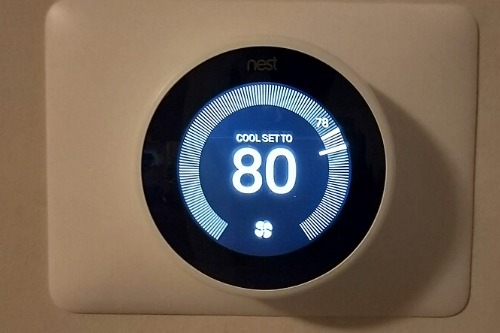
Ten or fifteen years ago, the idea of controlling your lights or thermostat with your phone sounded like sci-fi. Today, smart home devices like Alexa, Google Nest, and Ring doorbells are household staples. Voice assistants are used for everything from playing music to turning off the oven remotely. Many homes now run on schedules and automations set by apps.
This level of tech integration has altered how we manage daily life. People expect their homes to be responsive and customizable. Even basic home functions like locking the front door or checking the weather have been digitized. It’s convenience that would’ve felt like magic to past generations.
4. Grocery Delivery and Meal Kits
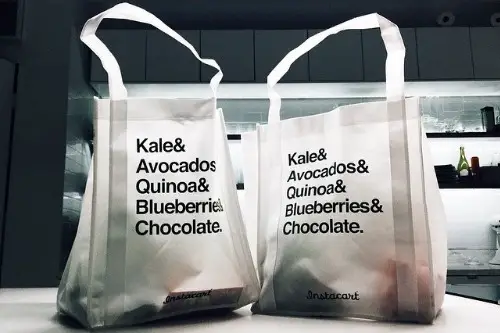
Grocery shopping used to mean writing a list and spending an hour or more in a store. Now, services like Instacart, Amazon Fresh, and HelloFresh bring groceries or entire meal kits straight to your doorstep. You can shop from your couch and get everything within hours, sometimes minutes. The rise of contactless delivery during the pandemic accelerated this trend.
This habit has changed kitchen routines and how people plan meals. There’s less impulse buying and more intentional, app-driven planning. It’s also shifted how people think about cooking—often making it feel more like assembling. A generation ago, this kind of convenience just didn’t exist.
5. Open Concept Everything
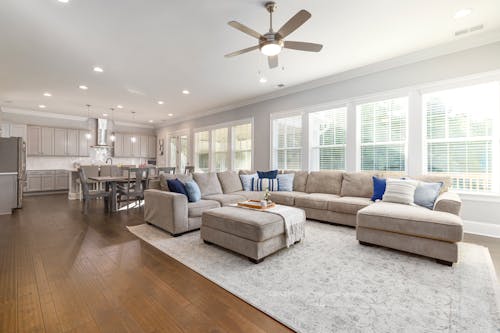
In the past, homes had distinct rooms with walls and doors: a living room here, a kitchen there, a dining room over there. These days, open-concept living spaces are the norm, especially in newer builds and renovations. People prefer one large, connected space for cooking, eating, and relaxing. It feels more social and flexible, especially for families.
This trend reflects a change in how people interact at home. Instead of separating activities, homes now encourage multitasking and shared time. Parents can cook while kids do homework at the kitchen island. It’s a layout driven by lifestyle, not just aesthetics.
6. Minimalism and Decluttering as a Lifestyle
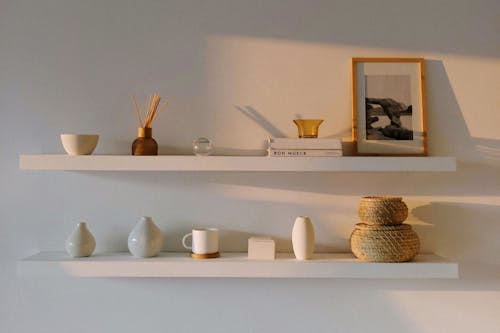
A generation ago, homes were full of knick-knacks, heavy furniture, and packed shelves. Today, thanks to trends like minimalism and influencers like Marie Kondo, many people strive to own less. “Does it spark joy?” has become a mantra for purging clutter and living more intentionally. Minimalist decor and storage hacks are hugely popular online.
This change goes deeper than style—it reflects a mindset shift. People are overwhelmed by stuff and find peace in simplicity. Digital life is cluttered enough, so physical space becomes a refuge. It’s a conscious rejection of consumerist habits many grew up with.
7. Indoor Plants as Design Staples
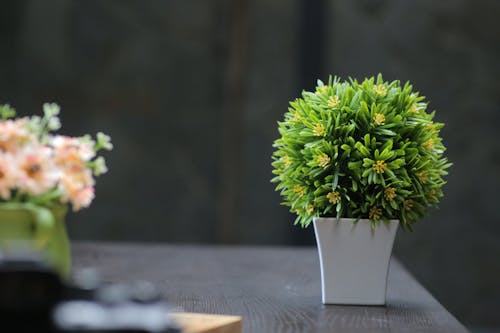
A generation ago, houseplants were often seen as a hobby for grandmas or eccentric decorators. Now, they’re Instagram darlings and central to modern home design. Monsteras, fiddle leaf figs, and snake plants are everywhere. Plants are no longer just decor—they’re lifestyle statements.
This boom in houseplants ties into broader wellness and aesthetic trends. People want homes that feel alive, calming, and connected to nature. Caring for plants is also a kind of mindfulness ritual. It’s a green thumb revival that no one really saw coming.
8. DIY Everything, Thanks to the Internet
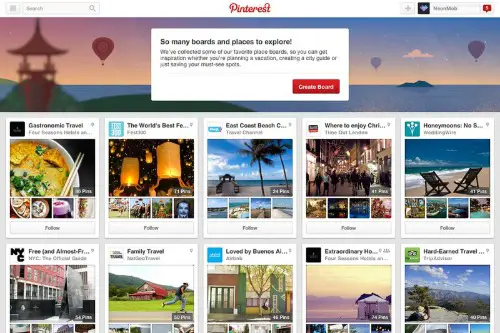
Before YouTube and Pinterest, learning how to tile a backsplash or build a bookshelf usually meant hiring a pro or reading a thick manual. Now, millions of people take on DIY home projects guided by step-by-step tutorials online. From crafting decor to full renovations, homeowners are more hands-on than ever. It’s budget-friendly and deeply satisfying.
This rise in DIY culture has transformed how people approach home improvement. It’s not just about saving money—it’s about personalization and empowerment. People want homes that reflect their tastes, not just what’s available at the store. And with online communities, even beginners feel supported.
9. Creating “Content-Worthy” Spaces
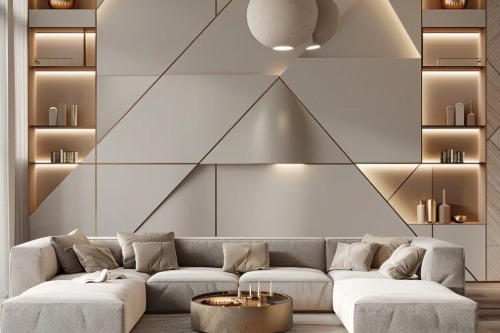
A generation ago, no one decorated their home with the intention of posting it online. Today, social media shapes how people design everything from their kitchen backsplash to their home office setup. Spaces are often curated for aesthetics and lighting, not just function. It’s common to see homes optimized for TikTok backdrops or Instagram aesthetics.
This trend has redefined what it means to have a “nice” home. It’s not just about comfort—visual appeal is equally important. People choose furniture and paint colors with audience perception in mind. In many ways, your home has become part of your personal brand.
This post 9 Popular Home Habits That Didn’t Exist a Generation Ago was first published on Greenhouse Black.
